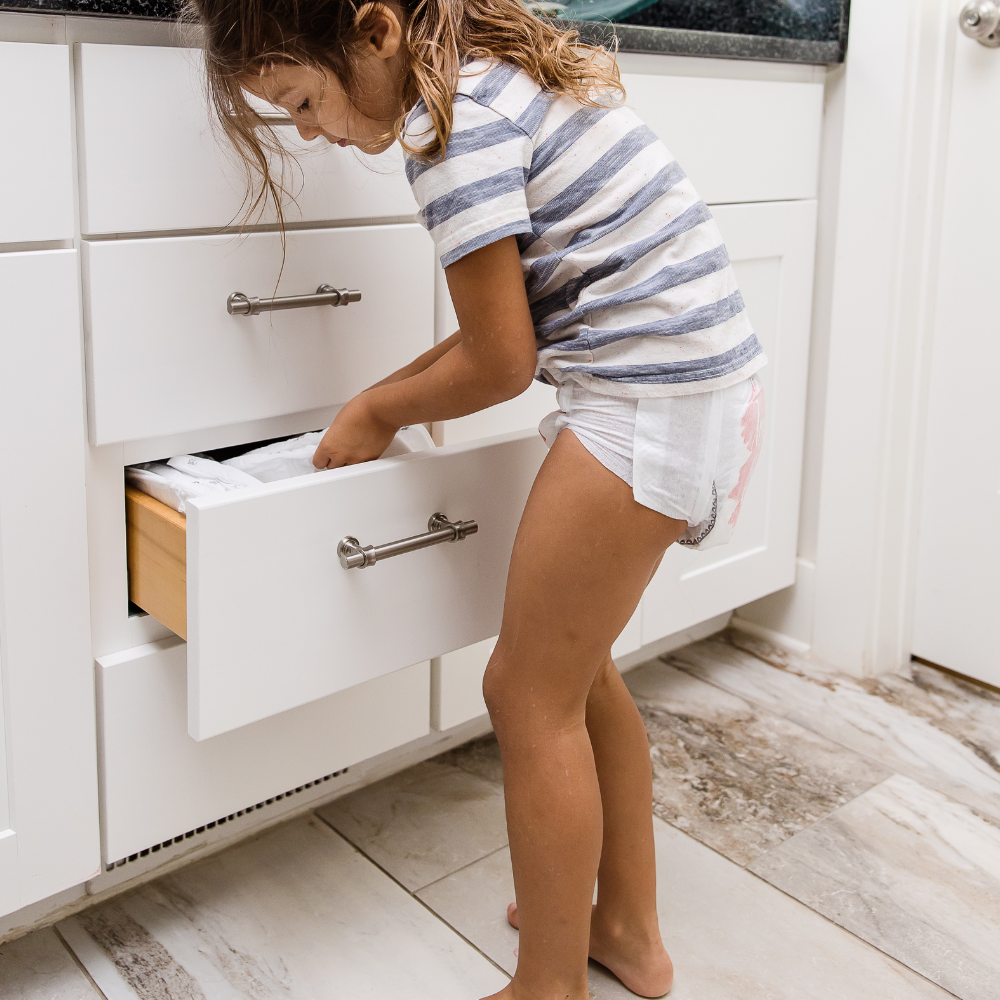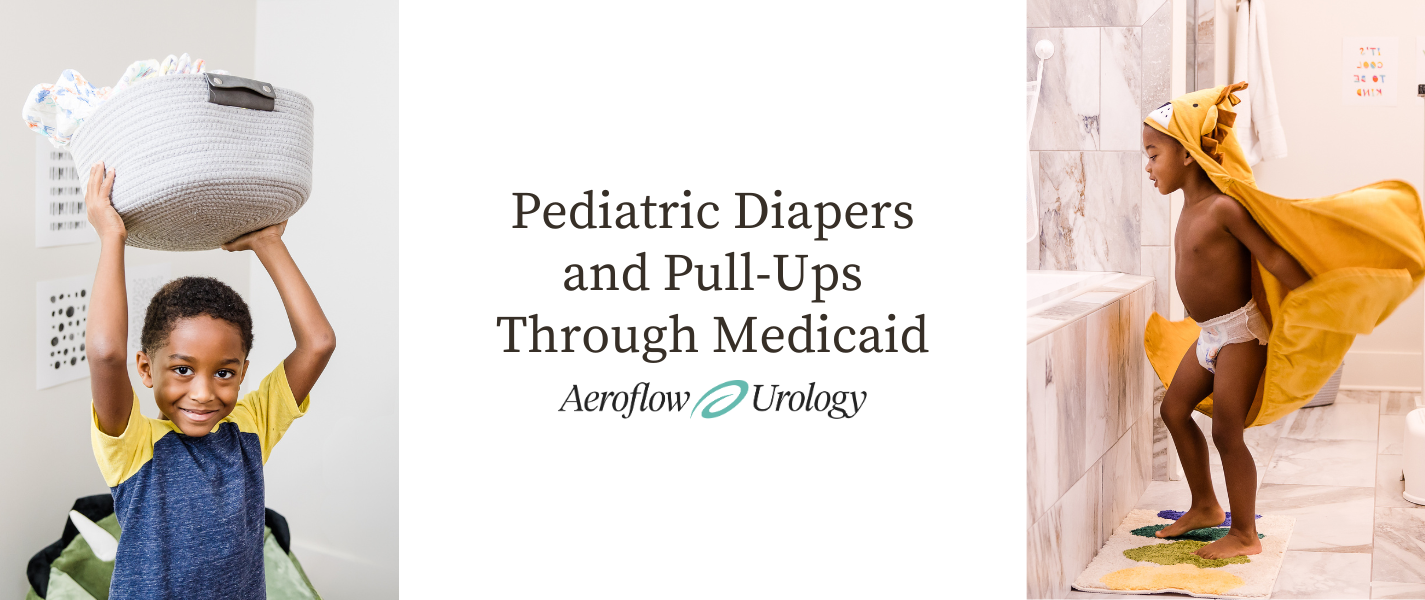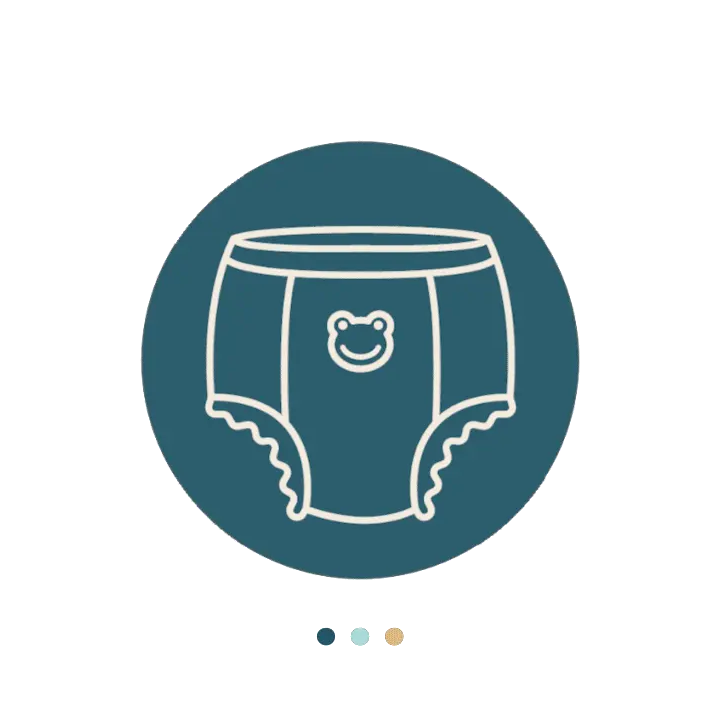How to Get Pediatric Diapers & Pull-Ups Through Medicaid
If your child has incontinence, they may qualify for free diapers through Medicaid! Many families qualify for free diapers and other incontinence supplies, such as pull-ups, underpads, and more, saving them money and reducing stress.
Find out if your child qualifies for free diapers and pull-ups by filling out our secure Eligibility Form with their information!
Get Started
Check your child's coverage for free supplies!
Have their insurance card ready.
Table of Contents:
How to Get Pediatric Diapers and Pull-Ups Covered by Medicaid
Medicaid Requirements for Free Pediatric Diapers and Incontinence Supplies
What Conditions Cause Incontinence in Children?
How to Qualify for Incontinence Supplies With Medicaid Using Aeroflow Urology?
Which Incontinence Products Are Covered by Medicaid for Children?
Medicaid Health Plan Coverage
Did you know that Medicaid can cover incontinence supplies for children if they are deemed medically necessary? Early Periodic Screening, Diagnosis, and Treatment (EPSDT) is part of the pediatric health provision of Medicaid: EPSDT ensures that children under the age of 21 who are enrolled in Medicaid programs receive age-appropriate screening and preventative services to discover and treat conditions as early as possible.
Part of EPSDT includes “home healthcare” which is broadly interpreted to include medical supplies and equipment needed for a Medicaid recipient to treat a diagnosed condition. This includes incontinence supplies such as diapers and pull-ups, as well as some supplemental supplies such as wipes and gloves.
What Are the Requirements to Qualify for Free Pediatric Incontinence Supplies?
In order to qualify for diapers, pull-ups, and more through Aeroflow Urology, your child needs 1 or a combination of the following items:
- Must be enrolled in a Medicaid, Medicaid-managed care plan, or CHIP plan.
- A signed medical necessity letter or prescription from your child’s doctor within the last 12 months.
- Must meet minimum age requirements (3 or 4+ depending on the state your child lives in).
- Accurate record of diagnostic information pertaining to their underlying condition, as well as any other medical diagnoses.
- An underlying diagnosis that causes incontinence.
- The number of times per day your child’s doctor has ordered the incontinence supplies to be used.
- The quantity of products your child requires each month as recommended by their doctor.
Gathering all of the above information and dealing with Medicaid can sound overwhelming. The good news is that durable medical equipment (DME) providers such as Aeroflow Urology, are specially trained to work with insurance providers to maximize insurance benefits. Simply complete our Eligibility Form with your child's information and let us take care of the rest!


What Conditions Cause Incontinence in Children?
If your child is over the age of 3 or 4 and still experiencing incontinence, they may have a medical condition that is contributing. Often, children with special needs have a harder time controlling their bladder--both at night and during the day. There are many conditions that can cause or contribute to incontinence, including—but not limited to—those listed below. If your child is having issues with bladder leakage, contact their healthcare provider to see if further workup of a possible underlying cause or condition is warranted.
Click on a condition name for more details.
What Is Required to Qualify for Free Pediatric Incontinence Supplies With Aeroflow Urology?
If your child has one or more of the above conditions while also experiencing incontinence, you will need a prescription from their healthcare provider for pediatric incontinence products. You will also need a signed letter of medical necessity that explains why the products are needed. The letter will include a list of the medical supplies to be used, and how many disposable supplies will be needed on a monthly basis. This letter must be signed within the last year.
You will also need accurate diagnostic information pertaining to the underlying condition, as well as any other medical diagnosis.
The good news is that Aeroflow Urology can take care of all of this for you! Simply complete our quick insurance Eligibility Form and let us handle all of the paperwork and communication with your child’s pediatrician and insurance provider.


Which Pediatric Incontinence Products Are Covered by Medicaid?
- Diapers: Diapers (also referred to as briefs, particularly as the child ages into youth and adult products such as adult diapers) may be the most familiar term for most people when it comes to incontinence products. Diapers have tab closures that allow for changing without the need to completely undress. For young children, children with limited mobility, and those that are wheelchair-bound, the tearable side panels make removal easier and more hygienic than pull-ups/pull-ons.
- Pull-Ups: Protective underwear, also called pull-ons or pull-ups, are a form of absorbent, disposable underwear with elasticized waist and leg openings that can be easily pulled on or off. These products don’t have fasteners or tabs, and work well for older, mobile children who prefer a product that closely resembles typical, cloth underwear.
- Underpads: Also known as chux, underpads are used to protect furniture such as mattresses or car seats from leaks. They have a soft, absorbent layer on top, with a liquid-proof under side. Underpads can make clean ups easier, as they can simply be placed in the trash after use.
- Disposable Wipes: Disposable wipes are moist towelettes that can help make clean up easier.
- Barrier Creams: Barrier creams are used to moisturize, lubricate, protect skin from rashes, and maintain skin integrity while using incontinence products.
Please note that a child's coverage for the above products will vary depending on their specific Medicaid plan and their state. Depending on your child's condition, these products could be needed for varying lengths of time. Sometimes, incontinence supplies are required for a few months, a few years, or throughout their entire life. It is best to work with the child's doctor to determine the right mix of incontinence products for the child's specific type of incontinence.
Frequently Asked Questions About Medicaid Coverage
- Does Medicaid have to be my child's primary provider? No. Incontinence products can be provided for beneficiaries who have Medicaid as their primary or secondary provider.
- How many diapers does Medicaid cover per month? Medicaid provides a monthly amount of incontinence supplies depending on individual needs as determined by your child's healthcare provider. This amount will be made clear to you when you begin receiving diapers through Medicaid.
- My child has Medicaid – so why don't they qualify for supplies? The reason could be one of the following:
You may not meet the age requirement from your insurance provider.
Incontinence supplies are not covered under your child's state Medicaid plan.
If any of the above apply to your child, please feel free to contact your insurance provider to answer any questions regarding your plan. - What if my child is not yet 3 years old but needs diapers? Unfortunately, Medicaid cannot make any exceptions for diaper coverage based on age, even under appeal or with medical necessity.
Need help finding what you're looking for? Find more answers here.
This piece has been medically reviewed by Samantha Eaker, DNP, CPNP-PC, Medical Advisor to Aeroflow Urology.




